No products in the basket.
Adenium Obesum (young plant)
£16.50
Categories: Collectible Plants, Species, Succulents, Young plants Tags: Adenium, Adenium Obesum, Obesum
Adenium obesum, also known as the Desert Rose, is a unique succulent in the form of a charming, beautifully flowering tree that resembles a miniature baobab. In nature, it grows in deserts and semi-arid areas of Central and Northeast Africa and on the Arabian Peninsula. The plant is distinguished by an interesting, original structure. It has a characteristic, massive, wider at the bottom stem, the so-called kaudex, where the water is stored. Thick, strong shoots, on which fleshy, shiny, dark green leaves are embedded, extend from the swollen, shapeless trunk. If we provide the plant with the right conditions, it will repay the plant with wonderful, spectacular flowering. Beautiful, impressive, five-petalled flowers, 5-12 cm in diameter, are gathered in bunches and appear on the tops of the shoots in the period from April to September. Their color can be pink or white-pink. Adenium is a rare and valuable succulent that can be shaped like a Bonsai tree. Adenium grows very slowly and can reach a maximum of several dozen centimeters at home. With age, however, the trunk and side shoots become more massive and flowering more and more magnificent.
Qualities of Adenium:
picturesque habit
beautiful form of a mini baobab
attractive flowering
slow growth
high resistance to drought
Requirements and cultivation:
Adenium obesum requires a light, well-drained substrate with adequate drainage. A mixture of soil with perlite, sand and gravel will be ideal. The plant loves bright, sunny and warm locations. However, remember to protect it from direct sunlight during the most hot weather. In summer, the adenium can be put outside. Regular, yet sparing, watering is recommended from March to November. The plant does not tolerate excess water, so we only water it when the substrate is completely dry. With adequate hydration, caudex is flexible and quite hard. If it becomes soft and wrinkled, the plant is running low on water or the plant has been shed. From March to August, we feed the succulent plant with cactus fertilizer once a month. The fertilizer for cacti and succulents is adapted to the plant’s requirements. In fall, the leaves begin to fall and this is a sign that the plant is getting ready for winter dormancy, which is necessary for it to bloom beautifully. Then we limit watering to a minimum and provide it with a much cooler position. In spring, when the adenium begins to come to life and sprouts fresh leaves, we return to systematic watering. In early spring, replant the plant, if necessary. During this time, we can also trim the tips of the shoots, which will stimulate the flowering of the succulent and make it begin to bloom beautifully.
The gradual shedding of leaves from the lower shoots is typical of this plant, and bronzing is the initial phase before shedding leaves. Adenium grows in arid desert habitats. Much of the deserts are virtually free of any rainfall. Rains occur every few months or years and take the form of violent and short-lived downpours. After such downpours there is an intensive growth of shoots and young leaves. Then the plant goes into dormancy and gets rid of some of them to facilitate its survival and in the dry period to economically manage the water accumulated in the caudex. The determinant of the health of adenium is the quality of caudex. When it is firm and hard, we can be calm about the condition of the plant.
Another reason for leaf fall is the dormant period due to growing conditions. In fall, the leaves begin to fall and this is a sign that the plant is preparing for winter dormancy, which is leafless like most native trees, and is necessary for the Desert Rose to bloom beautifully. Then we minimize watering and let the plant rest.
The plant is sold in a pot with a diameter of 11 cm. Plant height measured with the pot is approx. 25 – 30 cm.
| Weight | 0.6 kg |
|---|---|
| Dimensions | 45 × 35 × 16 cm |

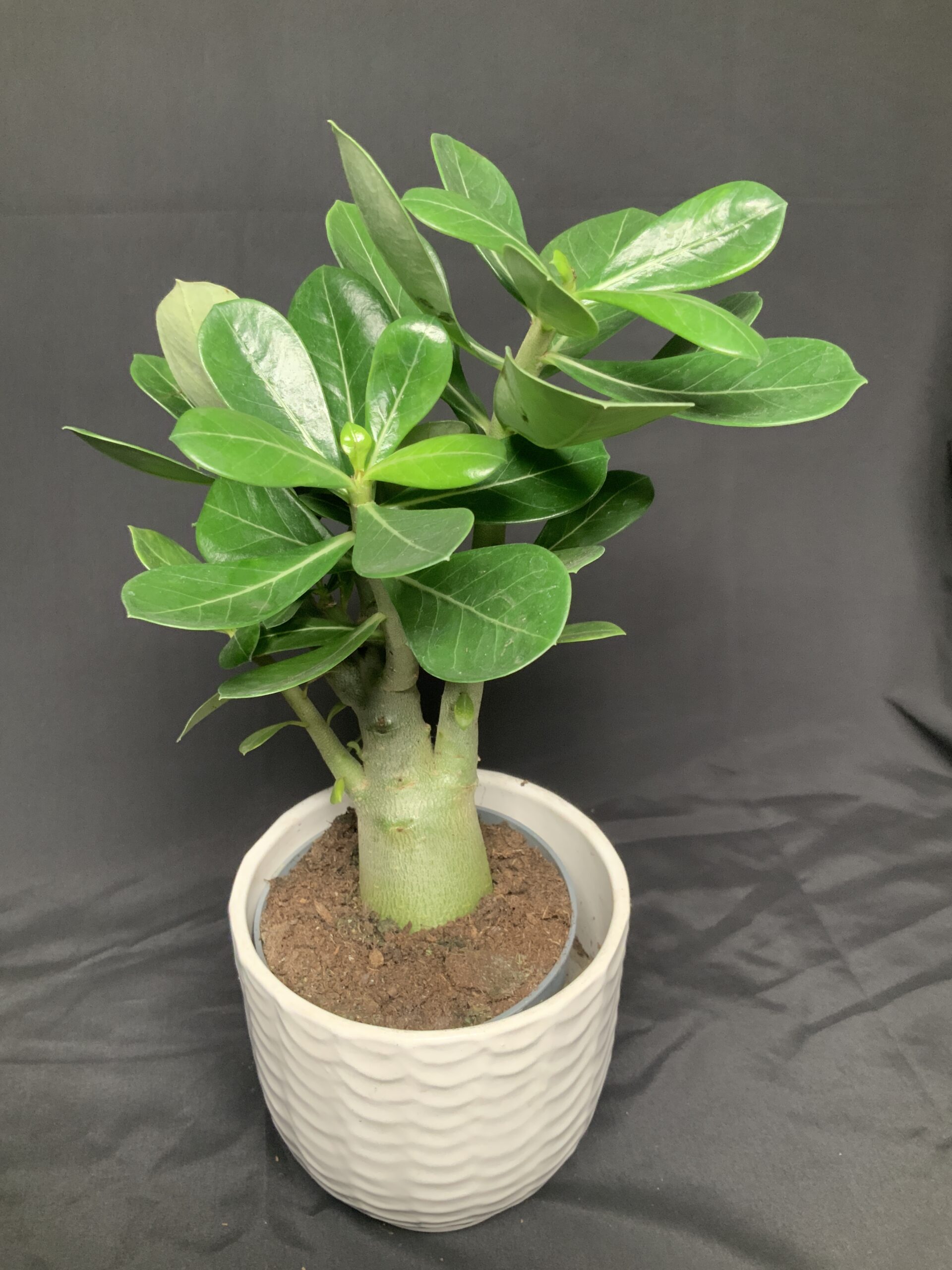

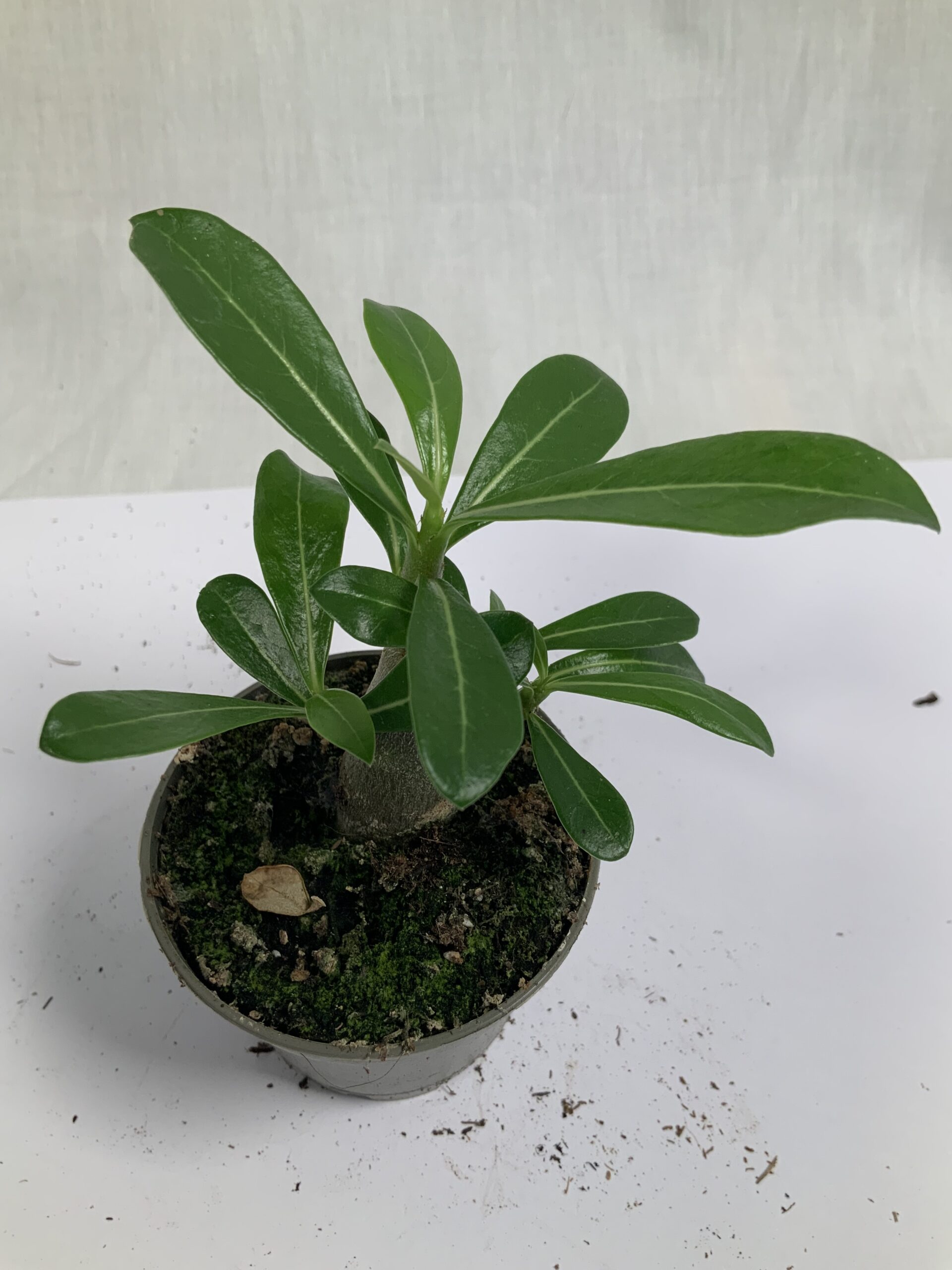

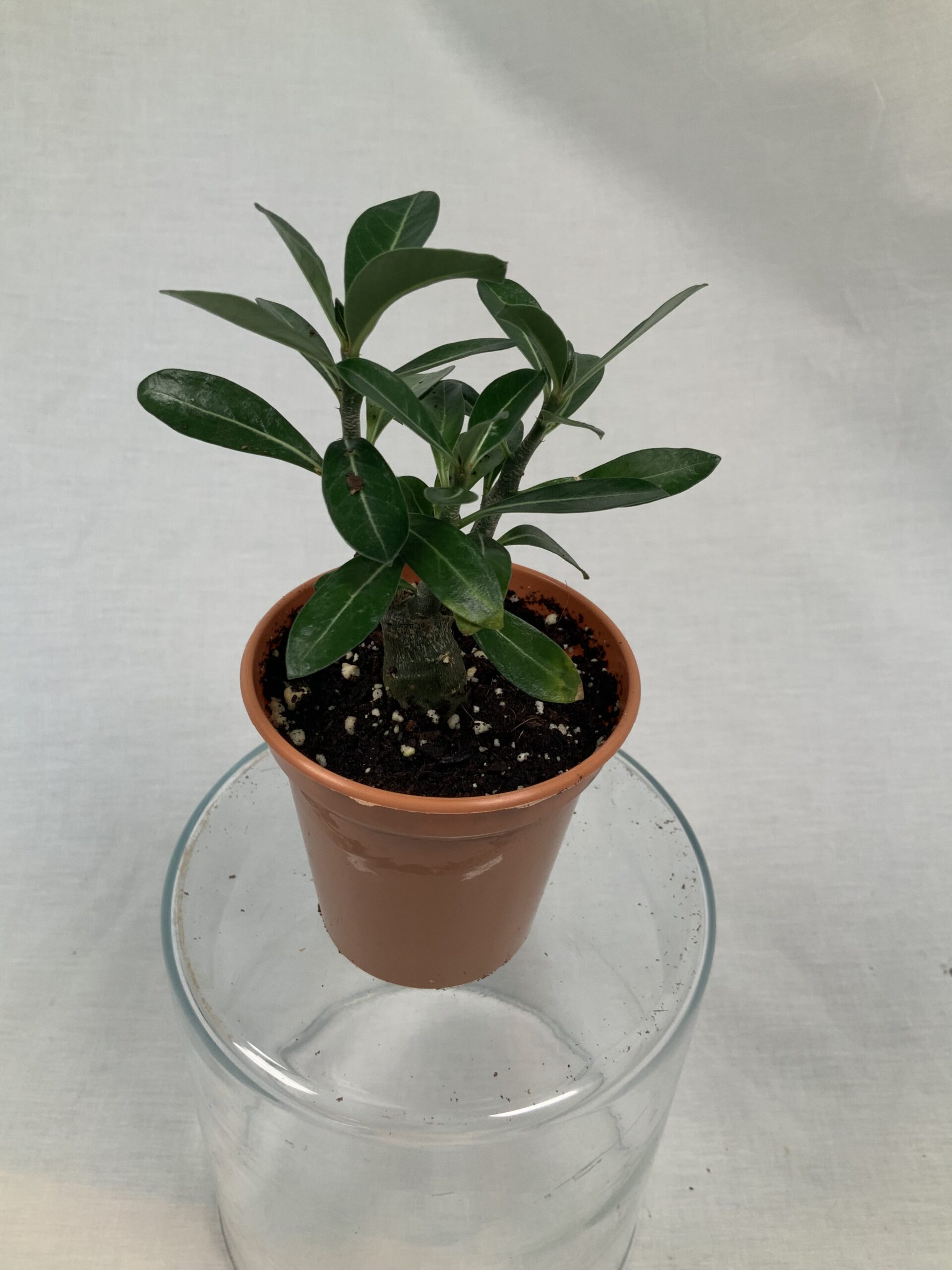
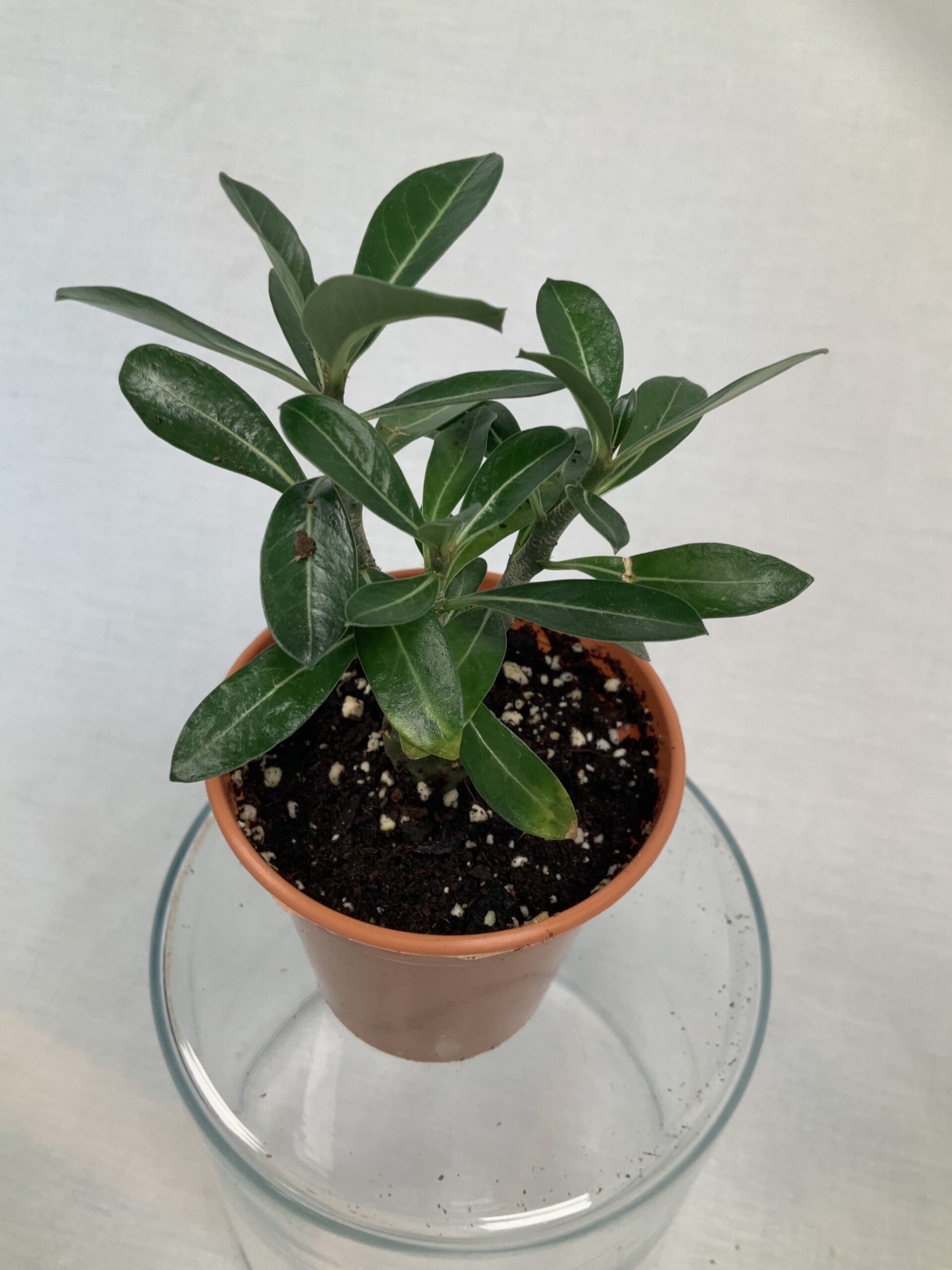


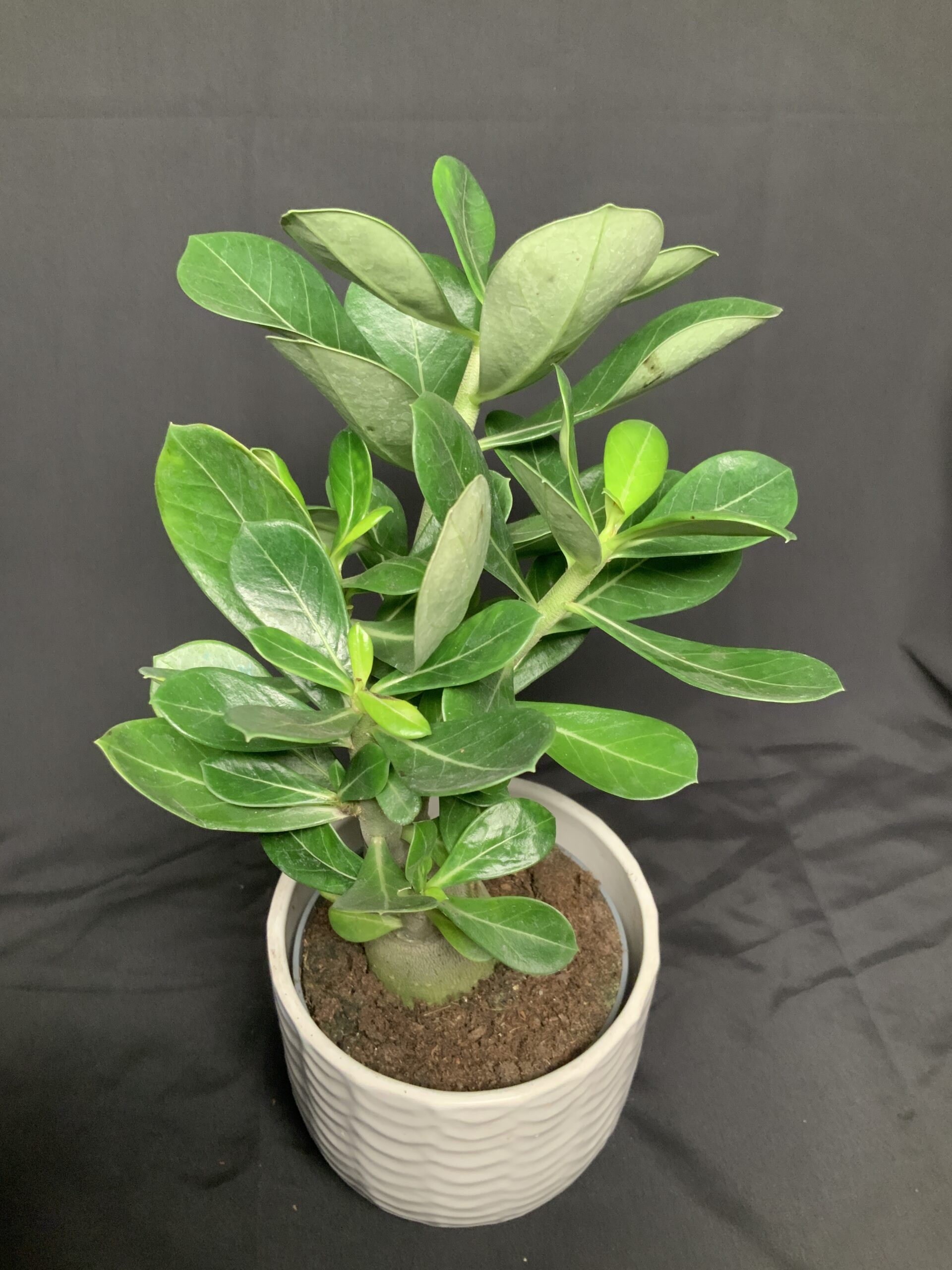
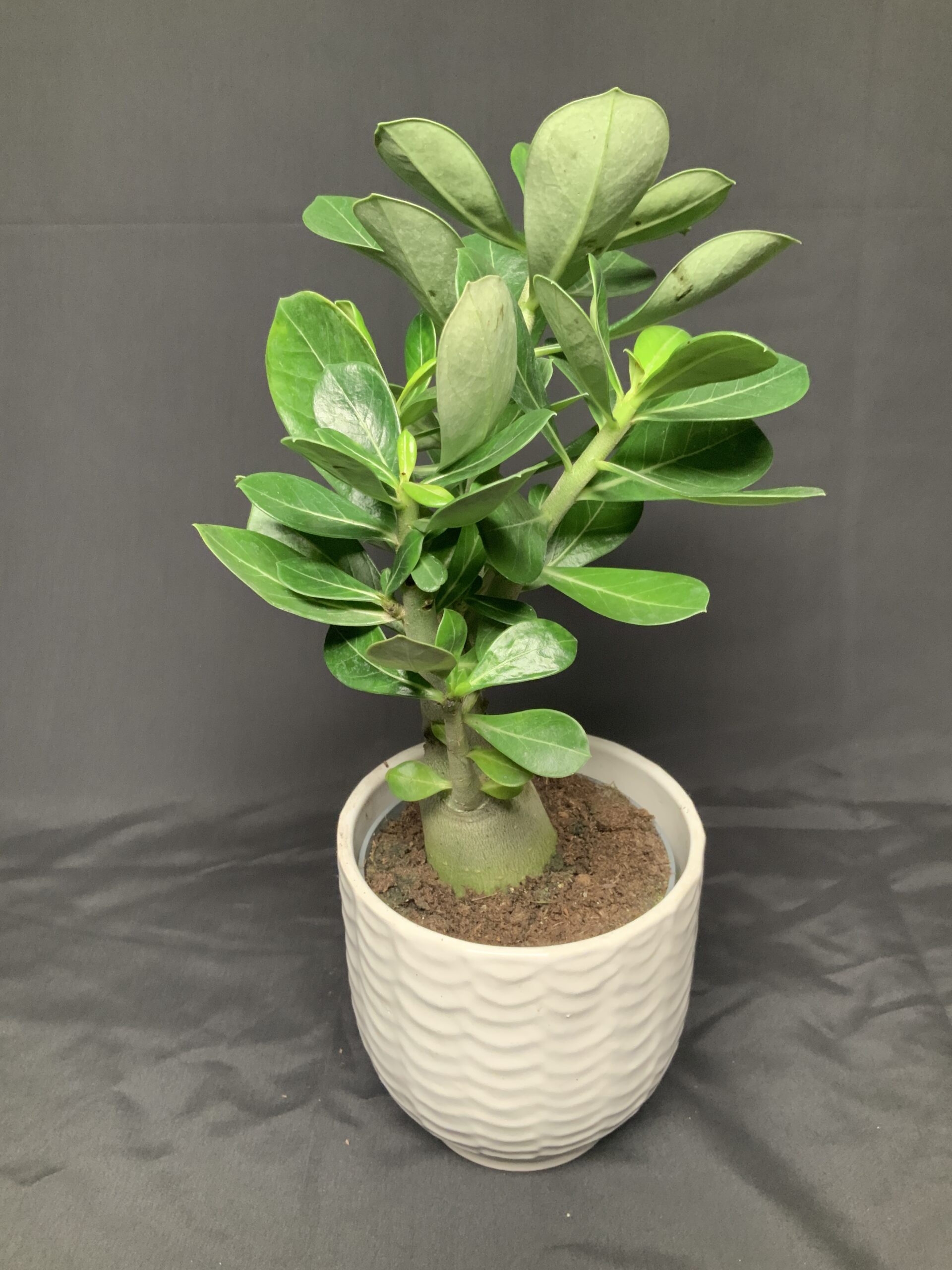
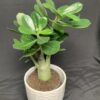
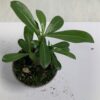
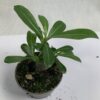
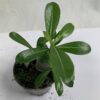
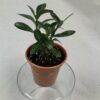
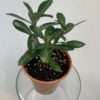
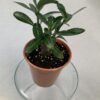
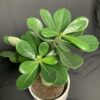
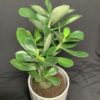
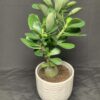
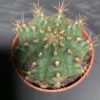
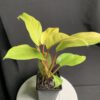
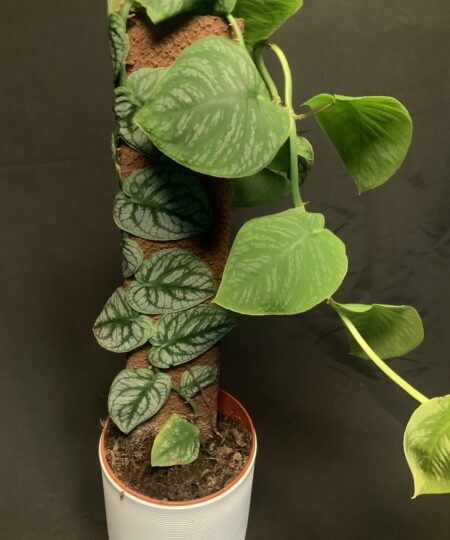
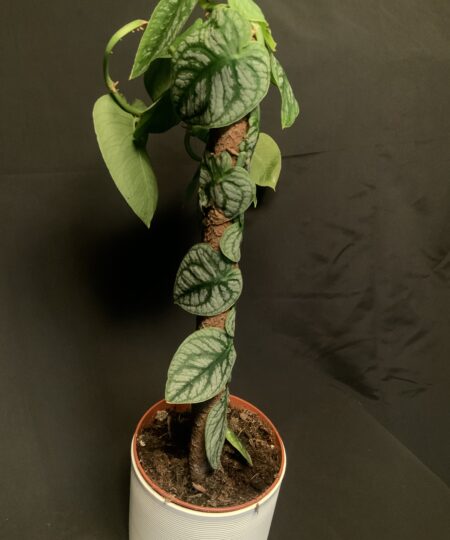
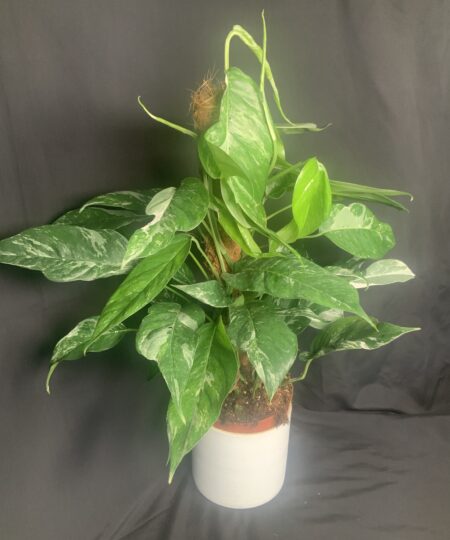
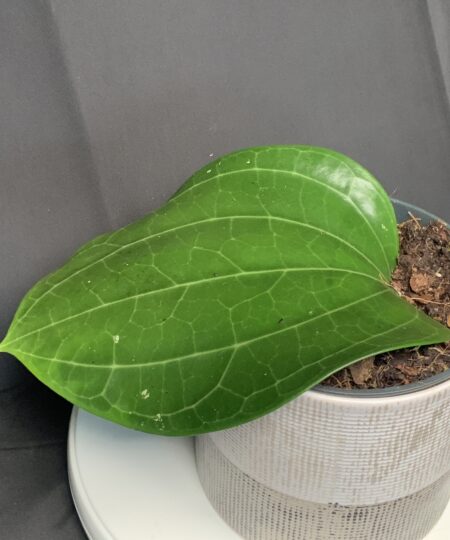
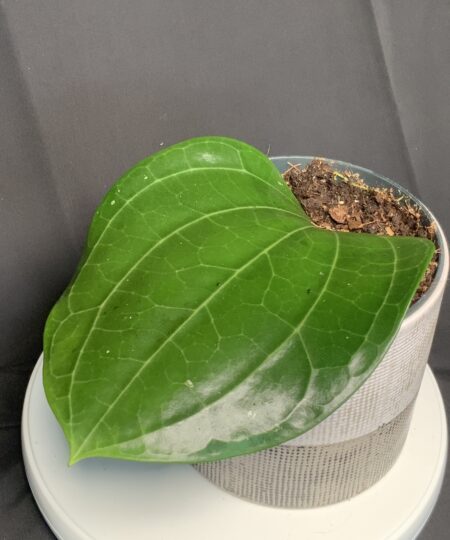
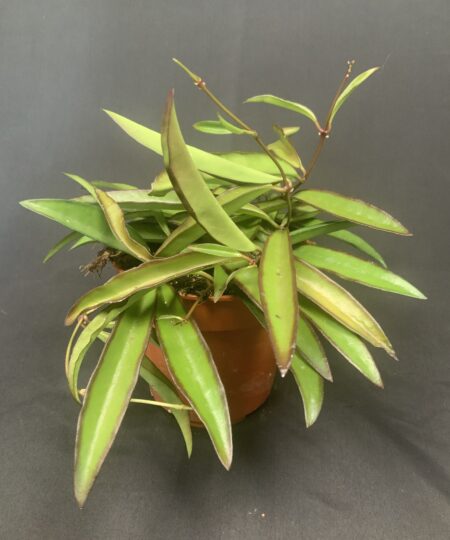

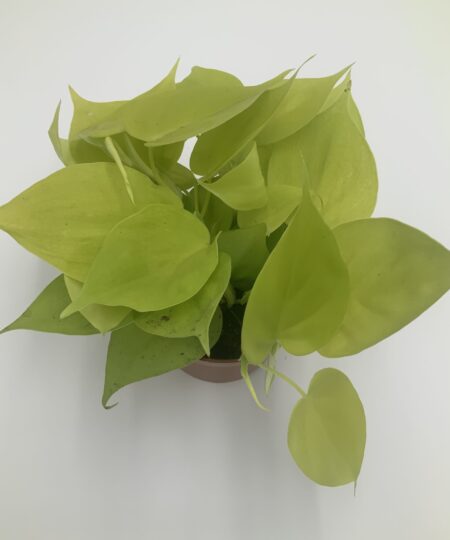


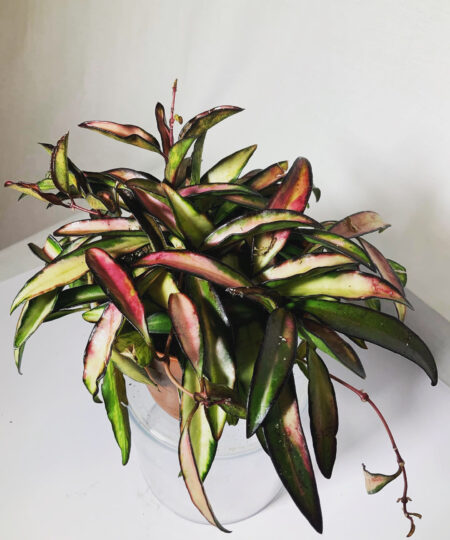
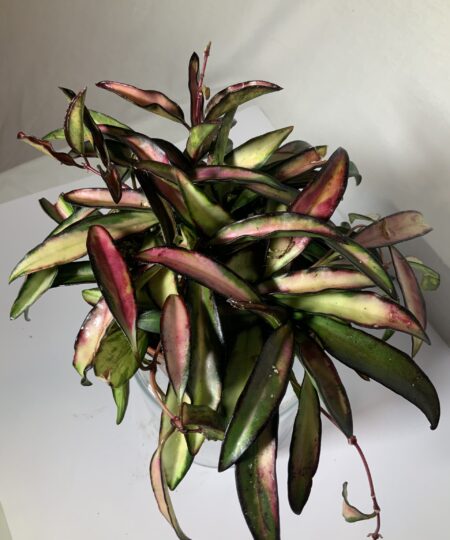

Reviews
There are no reviews yet.